If you are searching for a DIY home security solution to protect your family and belongings the Internet is full of choices. You can start with a professional installation company such as ADT or check your yellow pages for a local security dealer. While this is the simpliest path for protection, it is also the most expensive since there will be high mark-up on the hardware, high labor fees for installation, and the biggest issue will be with alarm monitoring which pro dealers will require, and for multiple years at a pretty penny. The better path is not as difficult as you might imagine, a DIY home security system, and they are very good.
So Why Install a Home Alarm System Yourself?
Wireless alarm systems are the majority of installations today regardless who installs them. Rather than 4 people spending 1 or 2 days at your home running wires, wireless is pretty much an hour or two for one person. An experienced installer can do it in an hour but even a less technical homeowner can install a professional-grade wireless home system themselves on a Saturday morning.
Cost is the biggest reason since DIY is always less expensive for any project at home. The adage of time is money doesnt quite apply here however since wireless systems have made DIY alarm systems quick and easy to tackle. Why pay someone else when you can do this yourself for much cheaper?
Your local dealer will claim they have the expertise needed to determine your security needs as well as experience installing the equipment. This is true IF you are not willing to do a little research upfront. Many online DIY Security Dealers such as SafeHomeCentral will help you pick the appropriate equipment and will even remote program the hardware which is the biggest speedbump for DIY when using professional-grade equipment. By this I mean hardware from Honeywell, DSC, Alula and some smaller brands. This is not the wireless alarm equipment you will find at Home Depot, Lowes, or Best Buy. ADT for example has standarized on Honeywell equipment for years, though they white label the keypad to say ADT rather than Honeywell.

With DIY you have the option of not going with alarm monitoring at all (which we do not recommend), or shop for a qualified providor for alarm monitoring at a reasonabe price. Having no alarm monitoring means you installed an expensive noise-maker. Some online dealers will sell “self-monitoring” which means your alarm will notify your smartphone of an alarm condition and you make the decision to call the police or fire department. Frankly this is almost as bad as no monitoring because you can’t expect to be on-call 24×7 waiting for an alarm event. This is what a trained disatcher is for. Believe me, you will be able to find companies offering real central station monitoring (and UL certified) at the same pricing as self-monitoring.
As a quick comparison simple alarm monitoring though a phoneline (yes this still exists) is $27.99 with ADT. You’ll be able to find the same service for under $10, and no contract, with a simple Google search.
The Components Of A Home Security System
Start by calling a few online companies to see what wireless systems they carry and describe your situation. A good dealer will spend time with you recommending the appropriate model and components. Make sure its a company with multiple brands and a range of options. Since its DIY you can add components as you go so don’t feel you need to buy everything at once. Its your labor so there is no savings buying all upfront immediately. Also don’t be tempted to put in Fort Knoxs. You want good security, but should be appropriate security protection. A local dealer, especially after a break-in, will sell you way more than you may need.
Main Control Panel
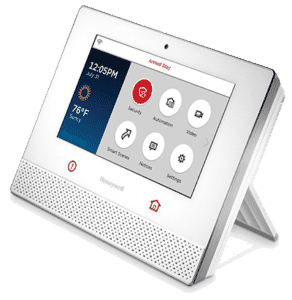
 Wireless Protection Sensors
Wireless Protection Sensors
Wireless sensors are similar to hardwired protection sensors with the exception of no wires to run. Mounting usually just means included double-stick tape. There are a wide range of choices available:
- Door and window sensors in multiple shapes and sizes
- Motion detectors and many with pet immunity
- Glassbreak detectors
- Smoke/Heat Detectors
- Carbon Monoxide Detectors
- Remote sirens
- Secondary keypads as well as keyfobs
- Shock Sensors
- Tilt sensors generally used on garage doors but can be used for multiple applications.
All are easy to position and install in minutes. There are even hardired to wireless converters if you are looking to replace an older existing alarm panel. If the hardwired zones woork, why not reuse them and save money on additional transmitters?
Control Panel Programming
This is the trickest part but while some require a few hours of reading the manual, others are fairly straighforward. Keep in mind we are talking about pro-grade systems which are really meant for dealer install, not DIY. However that doesnt mean a homeowner can’t do it themselves too. This is where having a good online dealer pays off. Some will remote program the panel for you so be sure to ask what assistance they will provide you and when? Are they open in the evenings and how about weekends? Most systems can be locally programmed right from their keypad/touchscreen. Here you will configure (add) each wieless sensor by serial number, add users codes, entry/exit time delays, etc. It generally is a one-time task which is why so many homeowners let someone else do the panel programming, though its not a bad idea to have an understanding yourself.
Alarm Monitoring
Good professional-grade security systems that can be installed by a DIY homeowners is available and at good pricing. Factor in alarm monitoring and savings are over $1000 when you consider most homes keep with their original dealer for over ten years. Picking your own monitoring providor is the key. Traditionally alarm panels contacted a central station monitoring facility through a POTS (plain old telephone line). 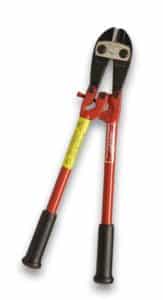

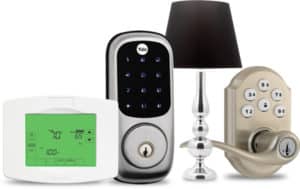
Installing Your Own Alarm System Is Worth It!
Spend a little time researching what is available on the market today for DIY home security systems. New features seem to emerge each day. One nice thing is pro equipment can be firmware upgraded over the air so they are fairly future-proof. Save money while still protecting your family fully. It’s not hard.
Check out our other articles related to understanding DIY home security systems and the basics of alarm monitoring too!






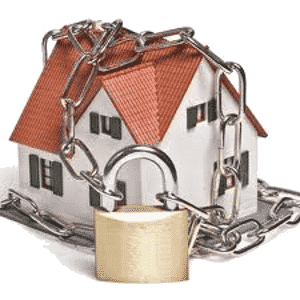
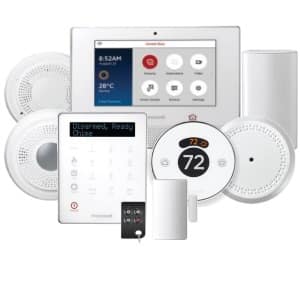 Wireless Protection Sensors
Wireless Protection Sensors